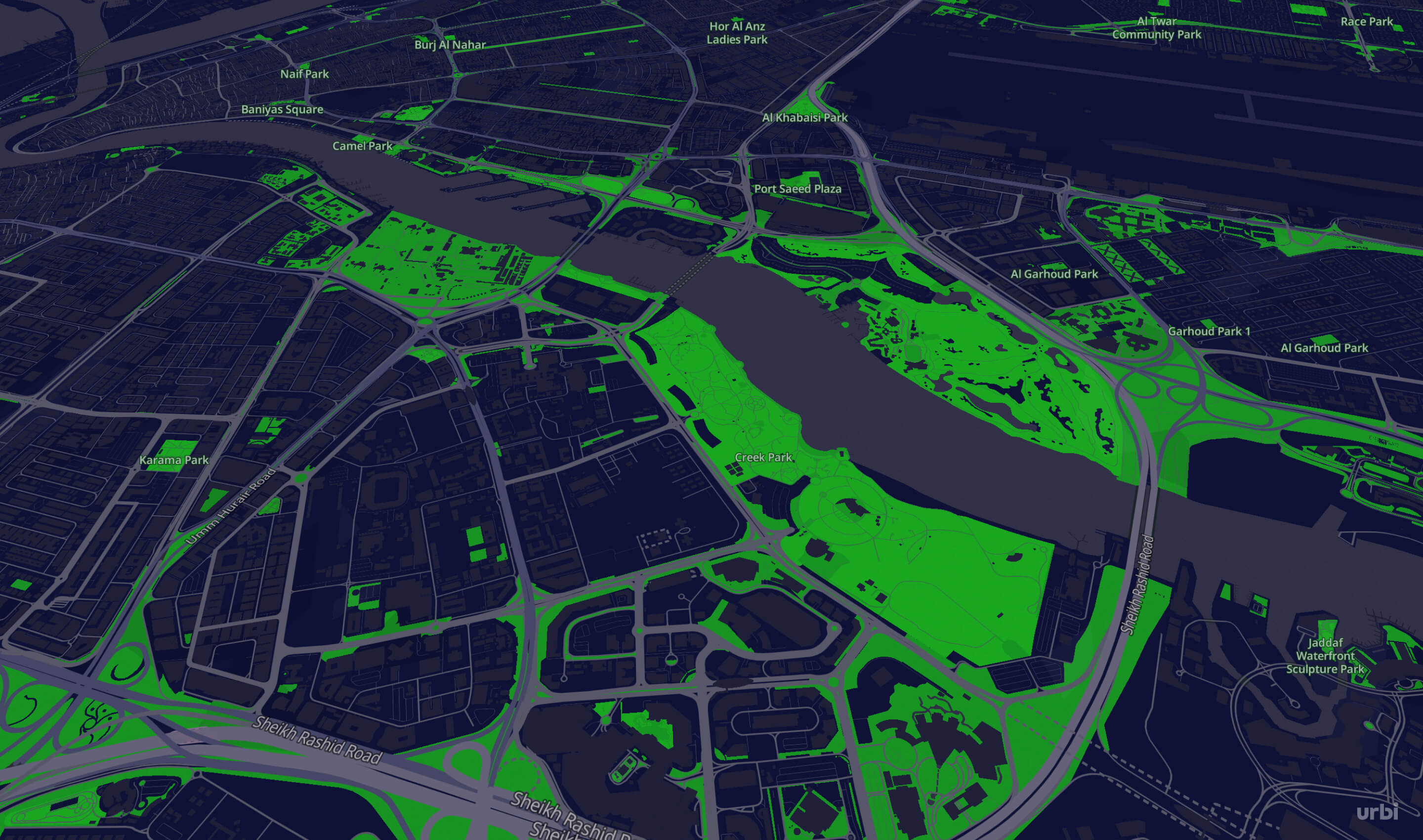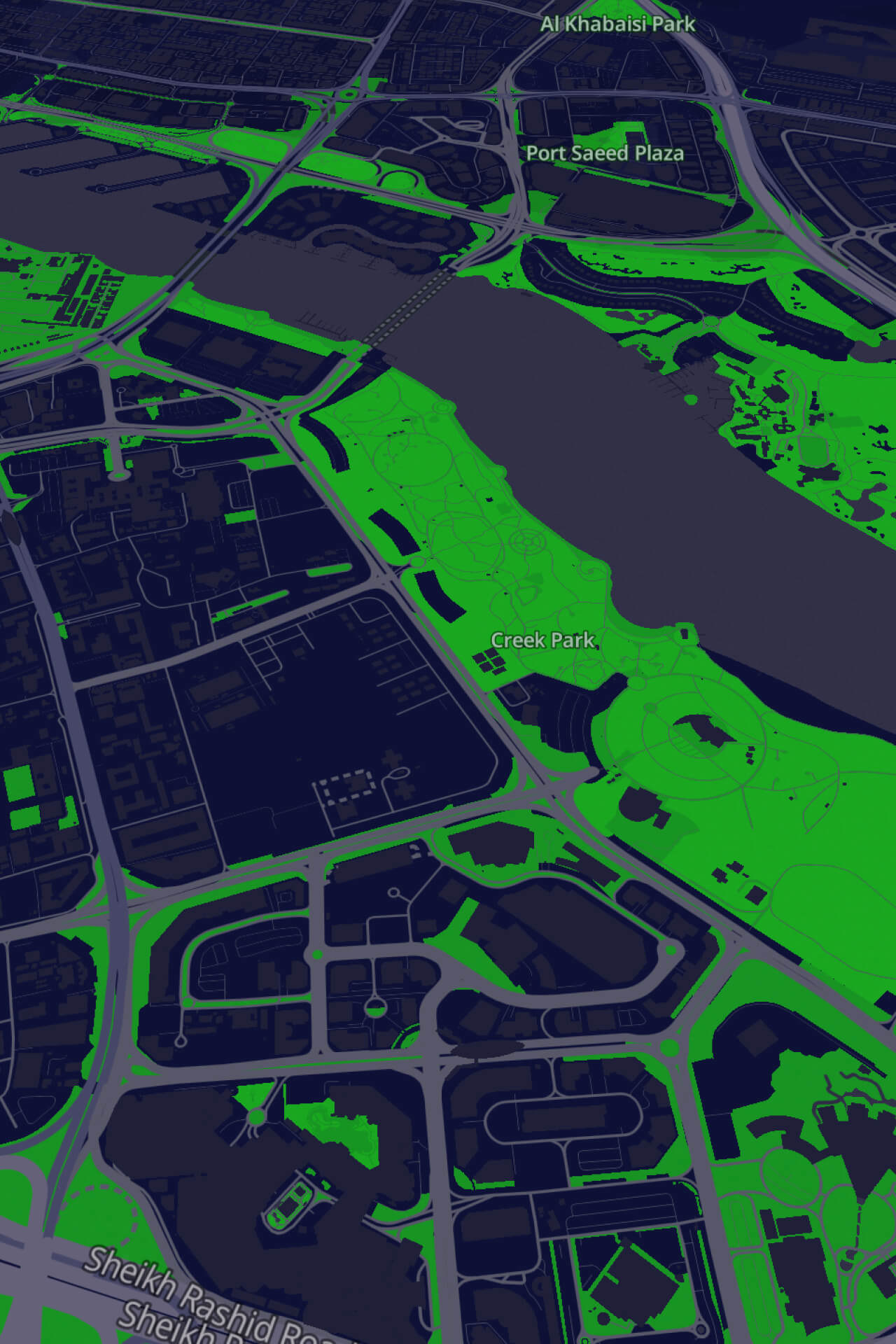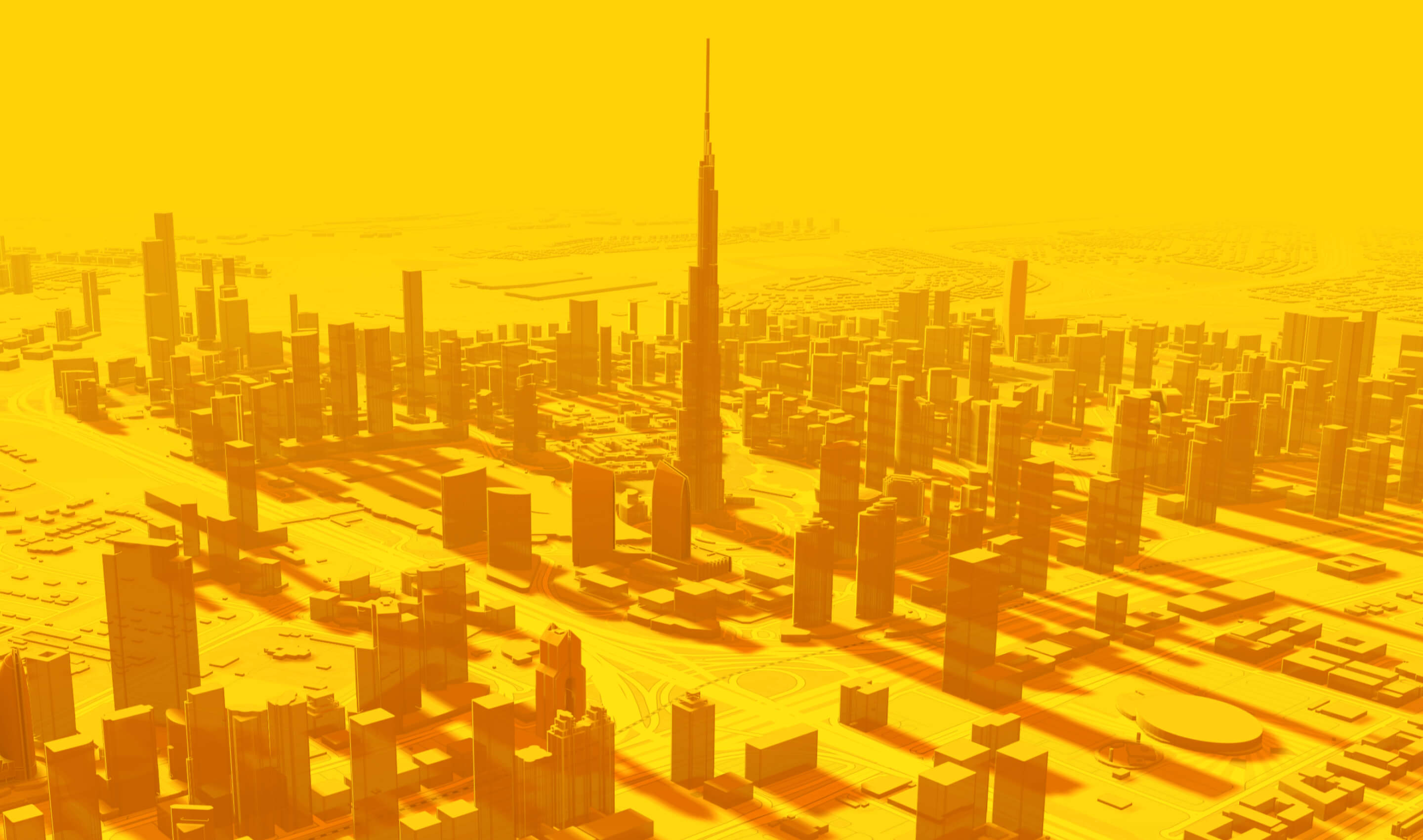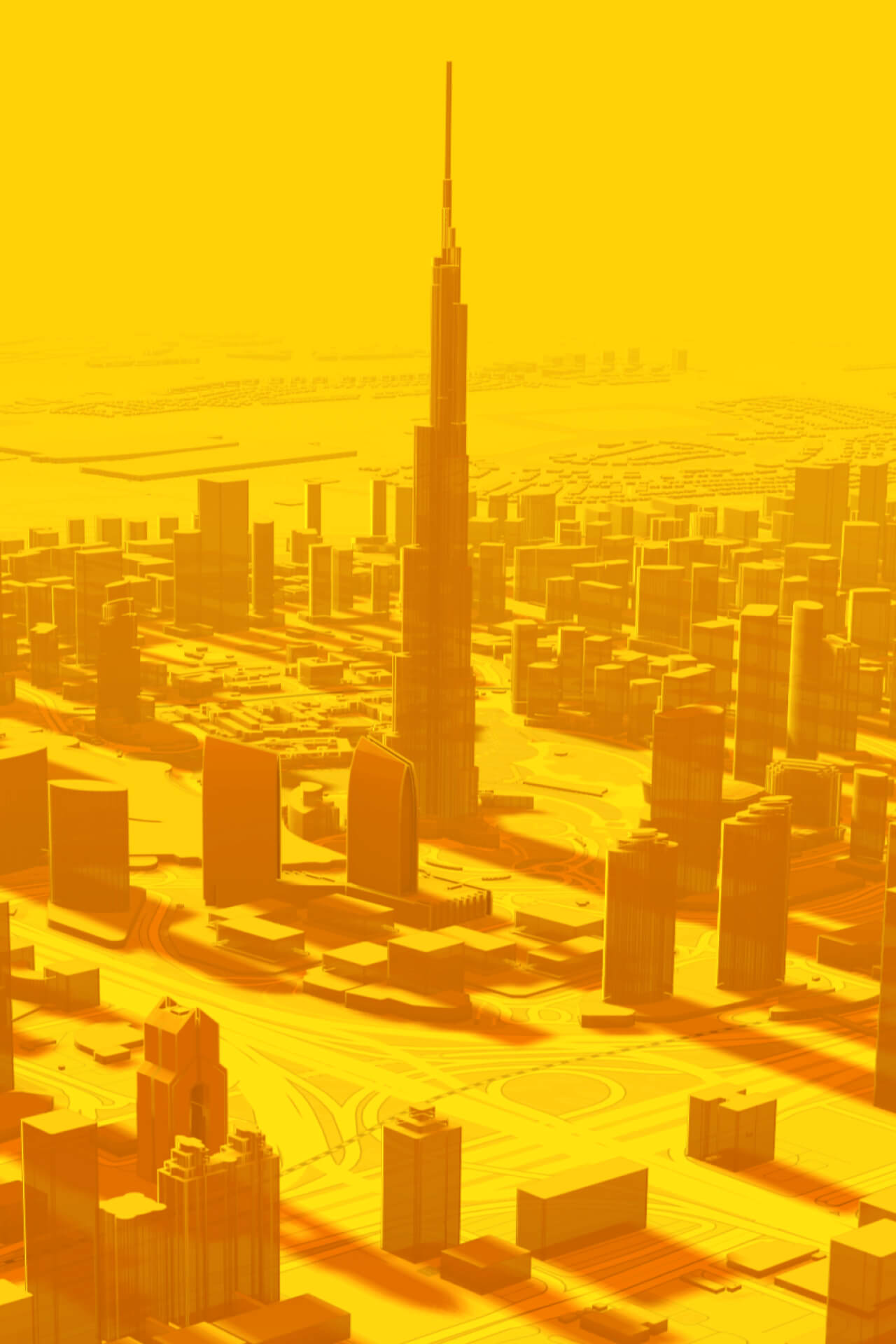Smart lighting networks use IoT technology and sensors to create intelligent streetlights capable of detecting motion, enhancing public safety, and optimising energy use. Saudi Arabia is leading this transition, with over 150,000 smart streetlights already installed, according to inteliLIGHT. Cities like Riyadh and Jeddah are deploying these systems to improve safety, reduce energy consumption, and support environmentally sustainable urban development.
LEDs have also become a game-changer for sports venues worldwide. When one of Saudi Arabia’s race tracks installed LED lighting fixtures, it achieved a 40% energy saving compared to traditional luminaries. London Arsenal’s Emirates Stadium recently replaced more than 9,000 lights with LED alternatives to use less electricity.










